Battle Of The Ten Kings
Let’s rewind to a time before the Mahabharata, before the rise of the great empires, before even the idea of “India” meant anything. In the beginning, there was a river. And then there was war.
Ten kings walk into a battlefield. Sounds like the start of a bad joke, but I’m actually talking about the Battle of the Ten Kings, or the Dasarajna — one of the earliest recorded wars in Indian history.
This was India’s first great war story. A full-blown showdown on the banks of a sacred river, where tribes, kings, and egos crashed into each other in glorious chaos. And somehow, out of that mess, the idea of India, that is, Bharat (the native name for India), began to flicker into life.
Just like everything else in this civilisation, it all begins with a river… and ends in legend.
So, first things first: when did this battle actually happen? Honestly, no one really knows. Dating ancient Indian history is basically a game of historical roulette. Ask ten scholars when the Dasarajna took place, and you’ll get ten different answers.
> Michael Witzel, a prominent Vedic scholar, places it somewhere between 1450 and 1300 BCE.
> Some Indian historians, playing it bold, date it as far back as 3000 to 4000 BCE.
> Others say around 2350 BCE, which feels like a nice middle ground if you’re into that kind of thing.
The point is, it’s old. Way pre-Gupta, pre-Buddha, pre-Maurya. We don’t exactly know when, but we do know where: on the banks of the Parushni River, today’s Ravi River, in the Punjab region.
And we know it because the Rigveda, India’s oldest surviving scripture, has preserved the story.
An Unfair Fight
On one side of the battle stood King Sudas, leader of the Bharatas, a small but rising tribe. He was no ordinary king — he was the grandson of Divodas Athithigva, a legendary figure who had already established Bharata dominance in parts of northern India.
Sudas was continuing the family tradition: expanding, consolidating, and (according to the Rigveda) generally steamrolling anyone in his path.
The other side? A confederacy of ten tribes — yes, ten — who were done watching Sudas become the alpha of the subcontinent.
The ten tribes included:
Puru
Yadu
Turvasha
Druhyu
Anu
Alina
Paktha
Bhalana
Siva
Vishanin
There’s no need to remember all of their names (I know you won’t anyway). It’s not that important for getting through this article. Just try not to forget the Puru tribe, alright?
Many of these tribes were no pushovers. Some had royal lineages of their own. Some would eventually evolve into major Vedic clans. But at this point, they were all rallying together for one goal: take Sudas down.
Why Did They Go to War?
The causes of this ancient war are a bit murky, but historians generally agree on two main ones.
1. Sudas was growing too powerful.
The Bharatas were expanding fast. They were conquering fertile territory. Controlling rivers. Dominating trade routes. A lot of tribes saw this as a threat, especially the Purus — from whom the Bharatas had originally split off.
What started as a political rivalry turned into an all-out existential threat. So, the tribes did what all threatened powers do: they formed a coalition.
2. Priestly politics went nuclear.
This one’s juicy.
Sudas replaced his old family priest, Vishwamitra, with Vasishtha, another spiritual heavyweight.
This was not a simple firing. In the Vedic world, kings and priests were like co-rulers. The Raja (King) had the sword, but the Rishi (Priest) held the cosmic mic. So when Sudas made the switch, Vishwamitra didn’t just go away politely. But rather, he joined the enemy.
The Rigveda itself records how Vishwamitra supported the ten-king confederacy, probably helping them with rituals, battle charms, or political legitimacy. It’s like your ex-PR manager going to work for your biggest competitor. Spicy.
The Battle Plan (That Failed)
The ten tribes weren’t dumb. They knew they had to play it smart. So they tried to manipulate the Ravi River by building a dam, hoping to:
> Flood Sudas’s position
> Cut off his water supply
> Or at least make life very difficult for his army
Instead, the dam broke. The river flooded and took down their own troops in the process. Amidst all this chaos and drowning, Sudas saw his chance.
Sudas’s Masterstroke
With the confederate army in disarray, trying to regroup mid-stream, Sudas attacked.
He used the river as a trap — waiting until the enemy was crossing, then launching a surprise offensive. It was textbook battlefield genius.
What should’ve been a ten-to-one advantage turned into a one-man masterclass in strategy.
One by one, the allied kings fell. The Purus lost their leader. The confederacy collapsed. And the Bharatas emerged victorious.
What Happened After?
With the battle won, Sudas didn’t sit around basking in glory. He led the Bharatas east, toward the fertile plains of Kurukshetra — a strategic move that placed them at the heart of the subcontinent.
And then something REALLY unexpected happened. The long-standing rivalry between the Bharatas and the Purus finally came to an end. And the two tribes merged.
Together, they’d give birth to the Kuru tribe — yes, those Kurus. The ones who’d go on to wreak havoc in a little war you might’ve heard of: the Battle of Kurukshetra.
So, no, the fallout of Dasarajna didn’t just wrap up a war. It ignited the next massive chapter in Indian civilisation: The Mahabharata Era.
Why It Still Matters
The Battle of the Ten Kings marks a turning point in Indian history. Because this is our foundational war. Before Ashoka. Before Chandragupta. Before the Mahajanapadas, there was Sudas, holding his ground at the Ravi.
This was the first time India saw:
A tribal confederacy
Strategic warfare using natural geography
Religious power plays in battle
The beginnings of statecraft
And the seed of a national identity
And that, I think is a LOT for one river battle.
To elaborate on the most final takeaway, this battle planted the seeds of a civilisational identity. The very name of India (Bharat) itself comes from the Bharata tribe.
That name, first used for a small clan on the banks of the Ravi, would one day represent the entire Indian subcontinent.
A Historical Parallel?
If you’re looking for a Western comparison, think Treaty of Westphalia — that moment when Europe decided to stop fighting endless religious wars and start recognizing political borders.
Dasarajna was like that, but with more river mud and Vedic hymns. It set the stage for unity, for shared identity, and for power to be wielded through alliances and consolidation rather than brute force.
The Battle of the Ten Kings wasn’t just about ten tribes losing a fight. It was about what came after the dust settled.
A stronger Bharata tribe. The rise of the Kurus. A shift in how politics, war, and identity would be understood for centuries to come. It was the moment ancient India took a step toward becoming a civilization.

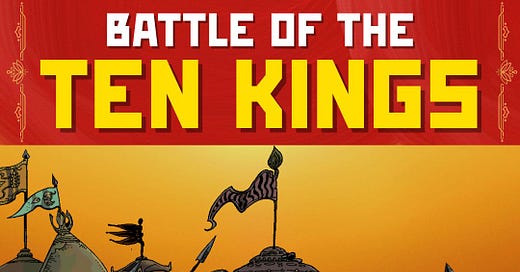



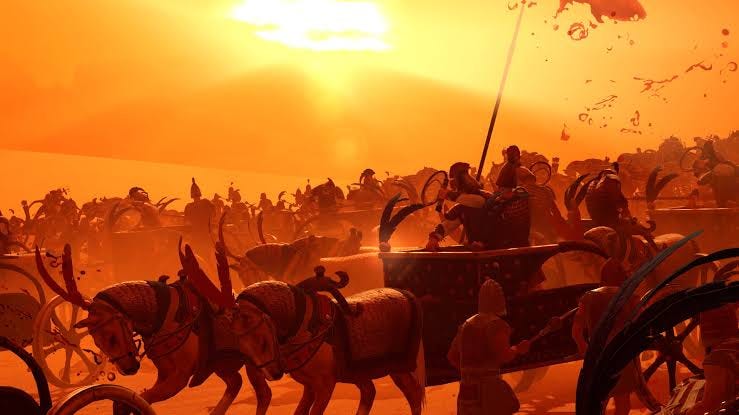
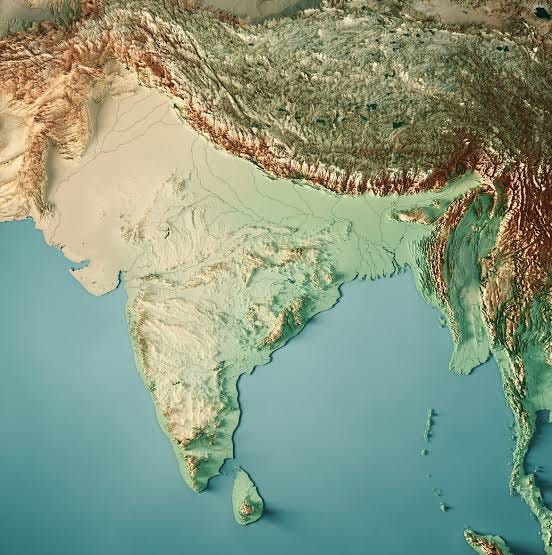
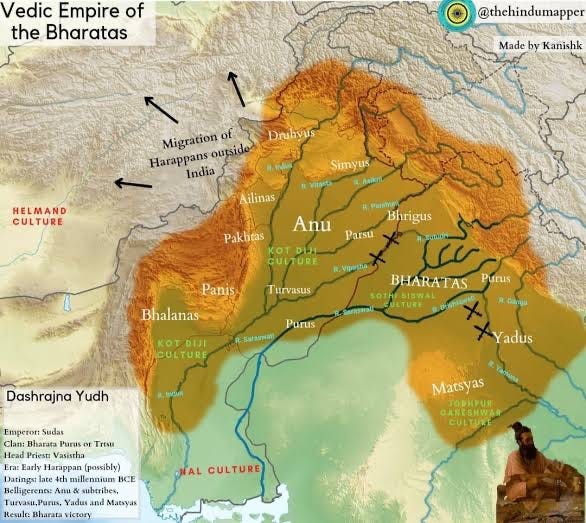
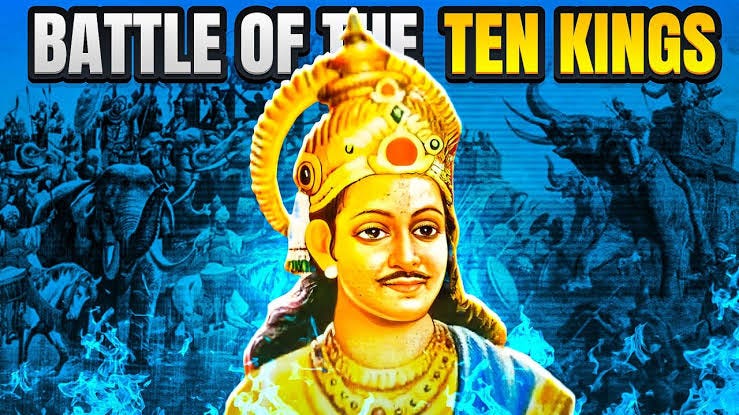
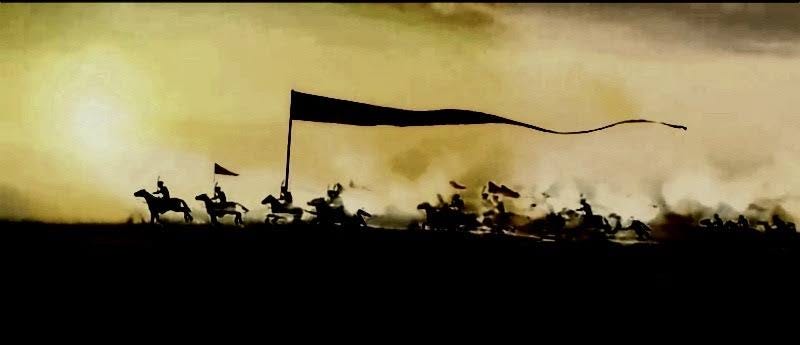
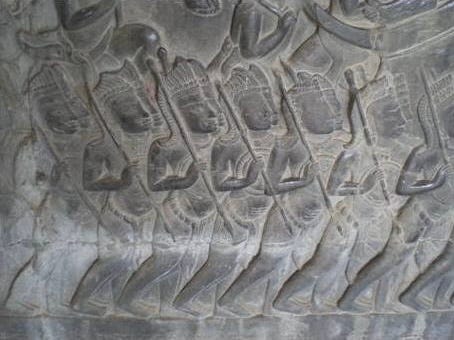
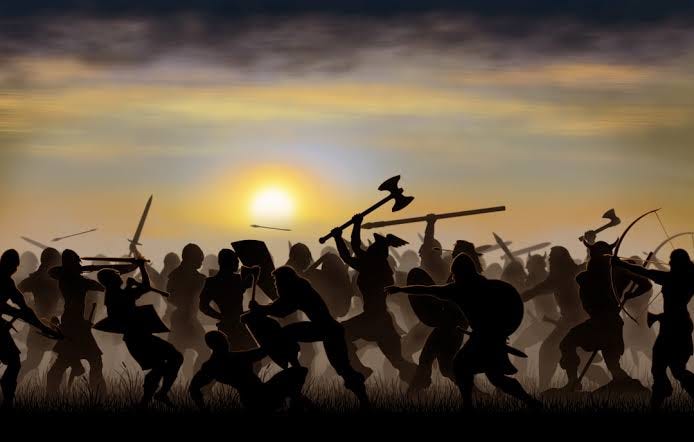
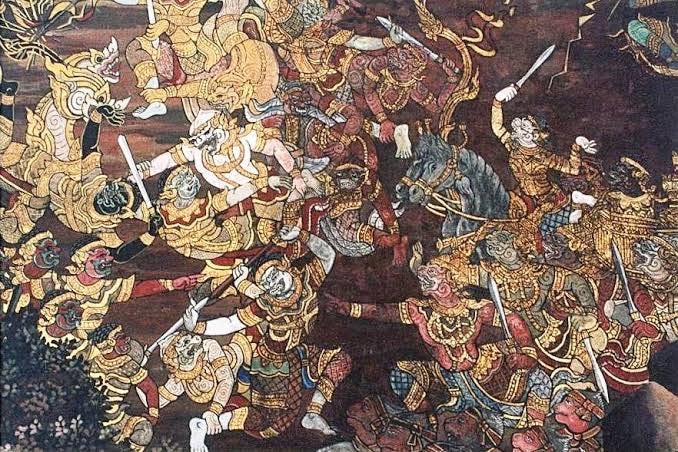
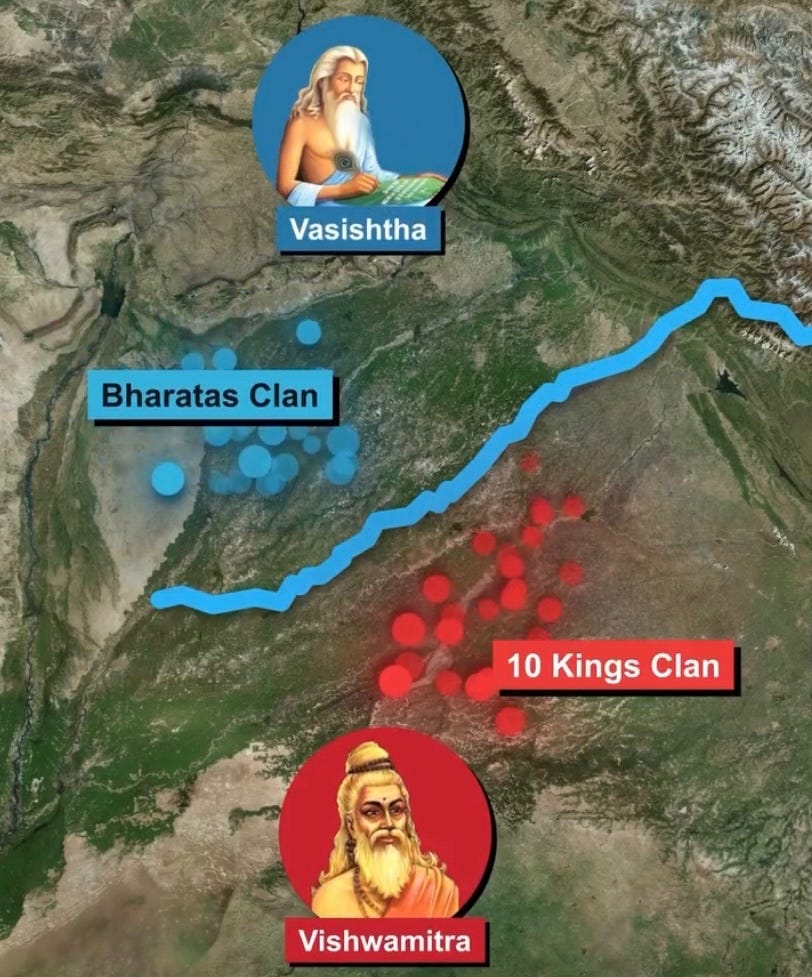
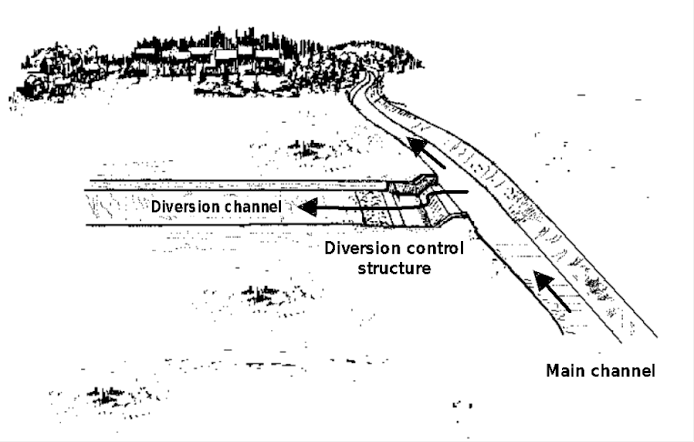
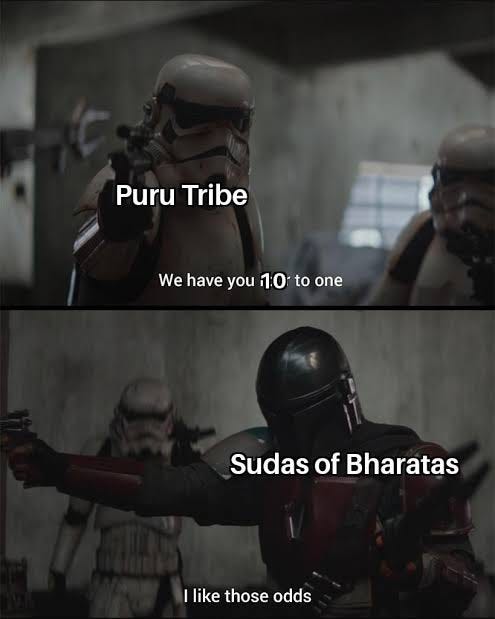

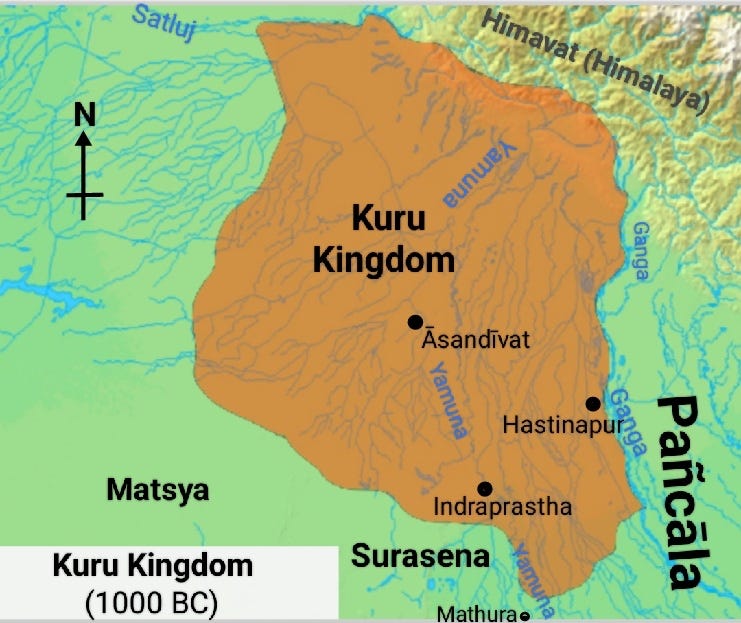
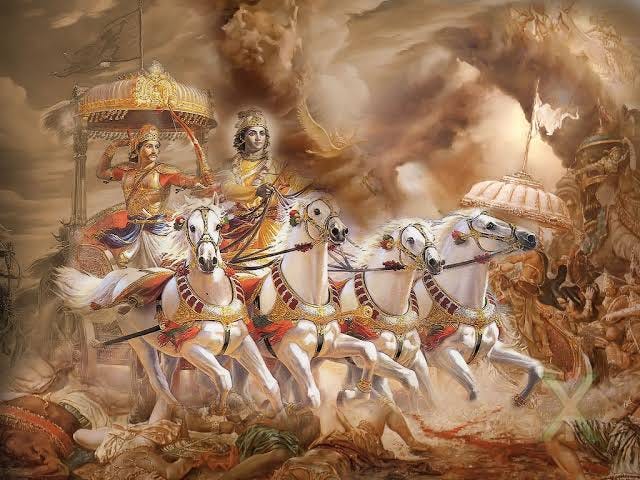
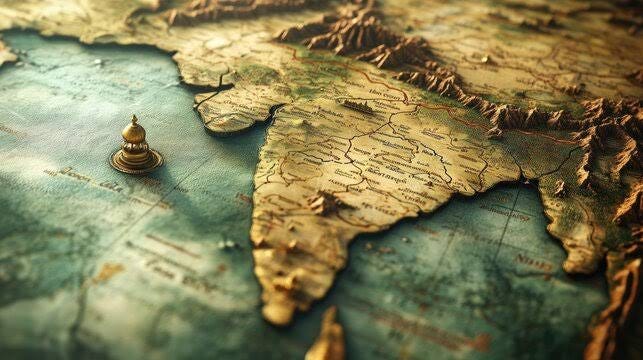
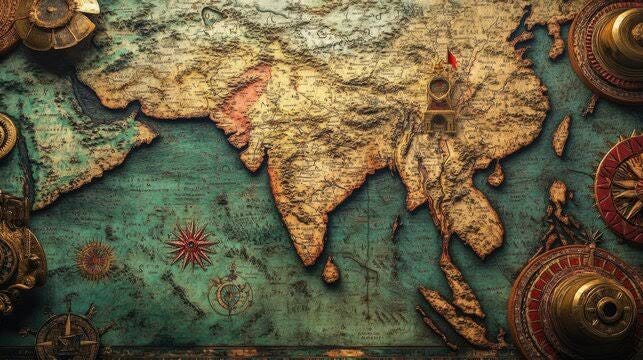
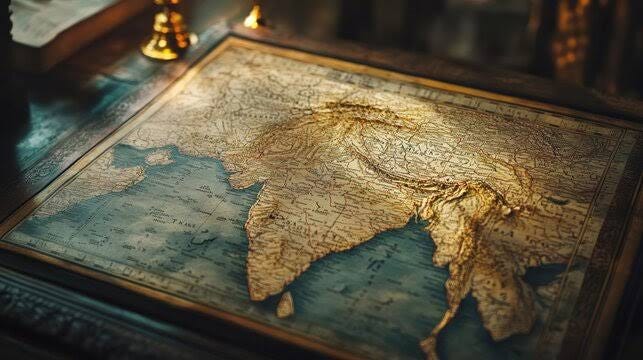
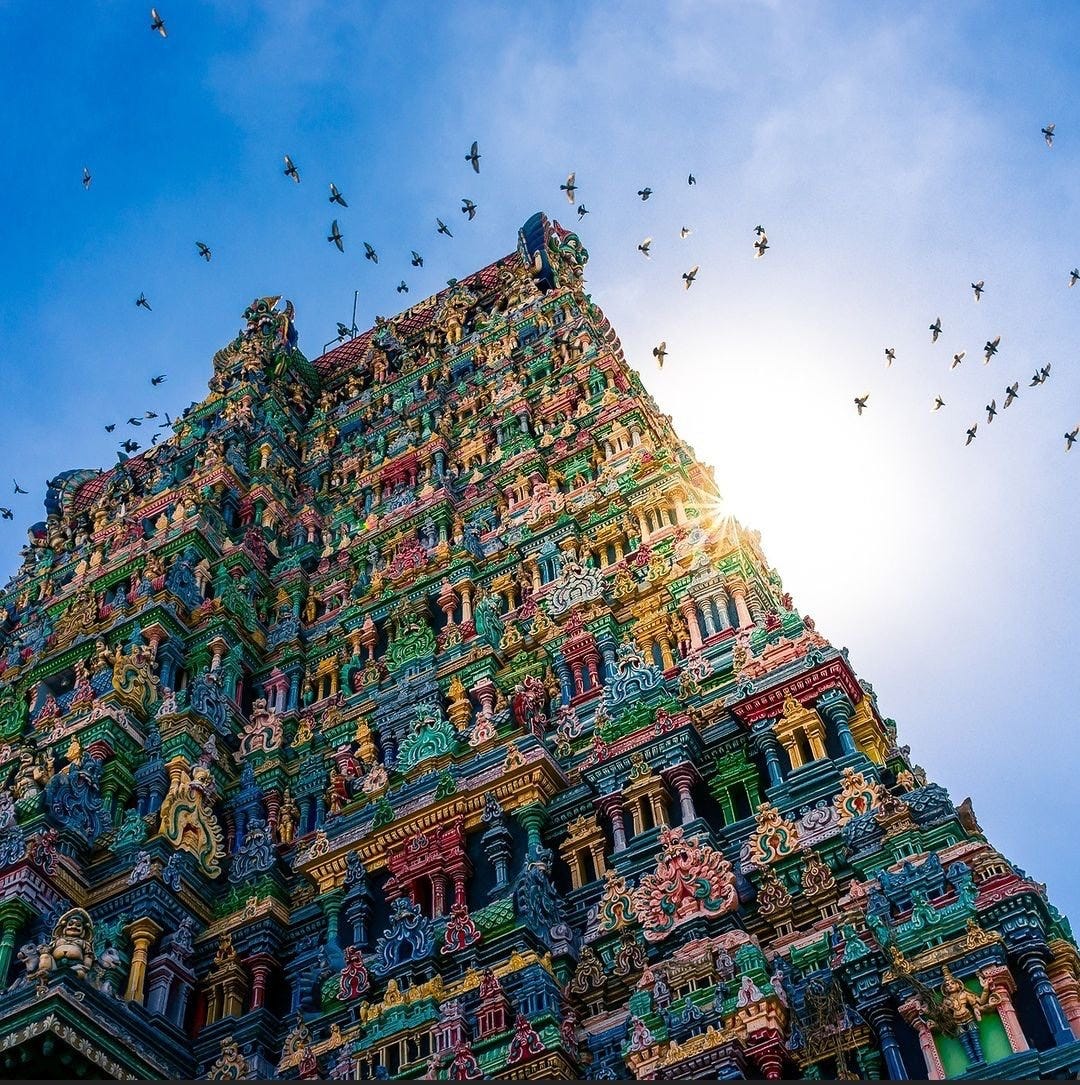
did the exiled tribes from the ten kings move to persia and become zoroastrians?